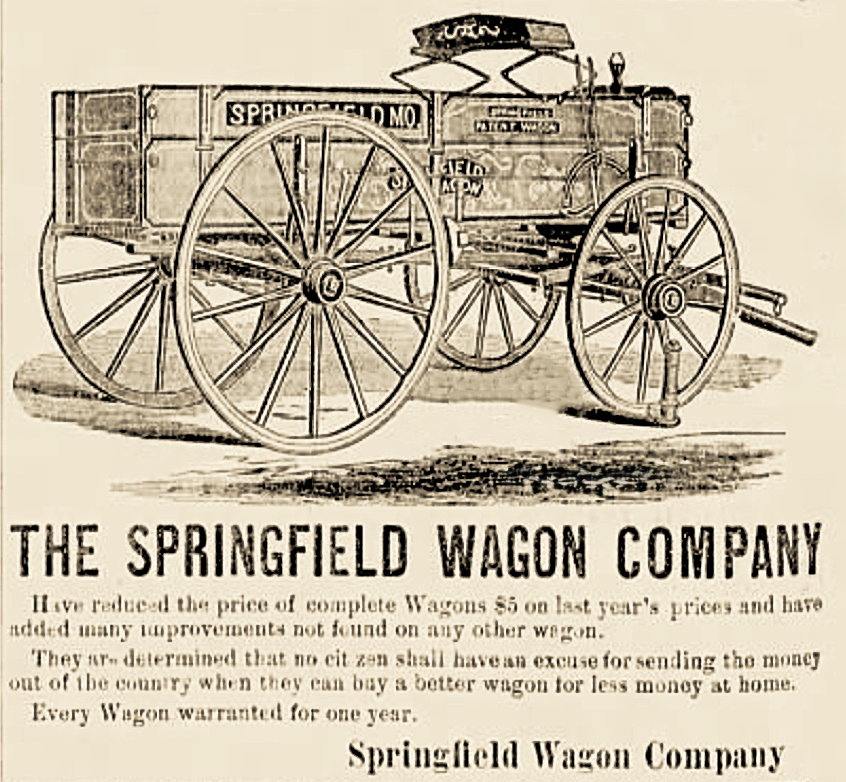Whether you're a treasure hunter, collector, investor, or just fascinated with all things related to the Old West, it's still possible to come across prized parts of our nation's wood-wheeled past. More than rudimentary remains, I'm talking about pieces that can transform an event, setting, collection, museum, store, or conversation into something that puts the fullness of the West literally at your doorstep. How do we know these pieces are still out there? Well, we search for them constantly and, as a result, consistently come across great finds. With that said, it does take diligence. One recent example involves a portion of history I've been chasing for over thirty years!
One of the rarest of America's western-wheeled brands is the Jackson wagon from Jackson, Michigan. The company's roots date to 1837 and,during the 1860s, 70s, and 80s, this name was a megabrand on the frontier. From freighting to pioneer travel and even the Indian wagon trade, the name was highly respected by users and seriously loathed by competitors. In some of my earliest days of collecting, I happened upon a Jackson wagon. It was a later model and, at the time, I didn't realize the significance and true rarity of the piece. As a result, I ignored it. Yes, I've kicked myself a lot after that blunder and, since that time, have tirelessly looked for an early one. Similar to Studebaker, the Jackson brand was a prolific promoter so there are a fair number of original marketing materials that have survived. What's alluded us is an actual wagon. Recently, however, we came across the next best thing - an original and ornately flourished Jackson wagon spring seat. Dating to the 1870s or early 80s, it's a beautiful piece of western history and in surprisingly good condition. Touching a part of what so many early travelers held in such high esteem is a treat. These pieces aren't just scarce, they're all but extinct. Finding one of these dinosaurs requires an acute sense of patience, awareness, determination, and faith.
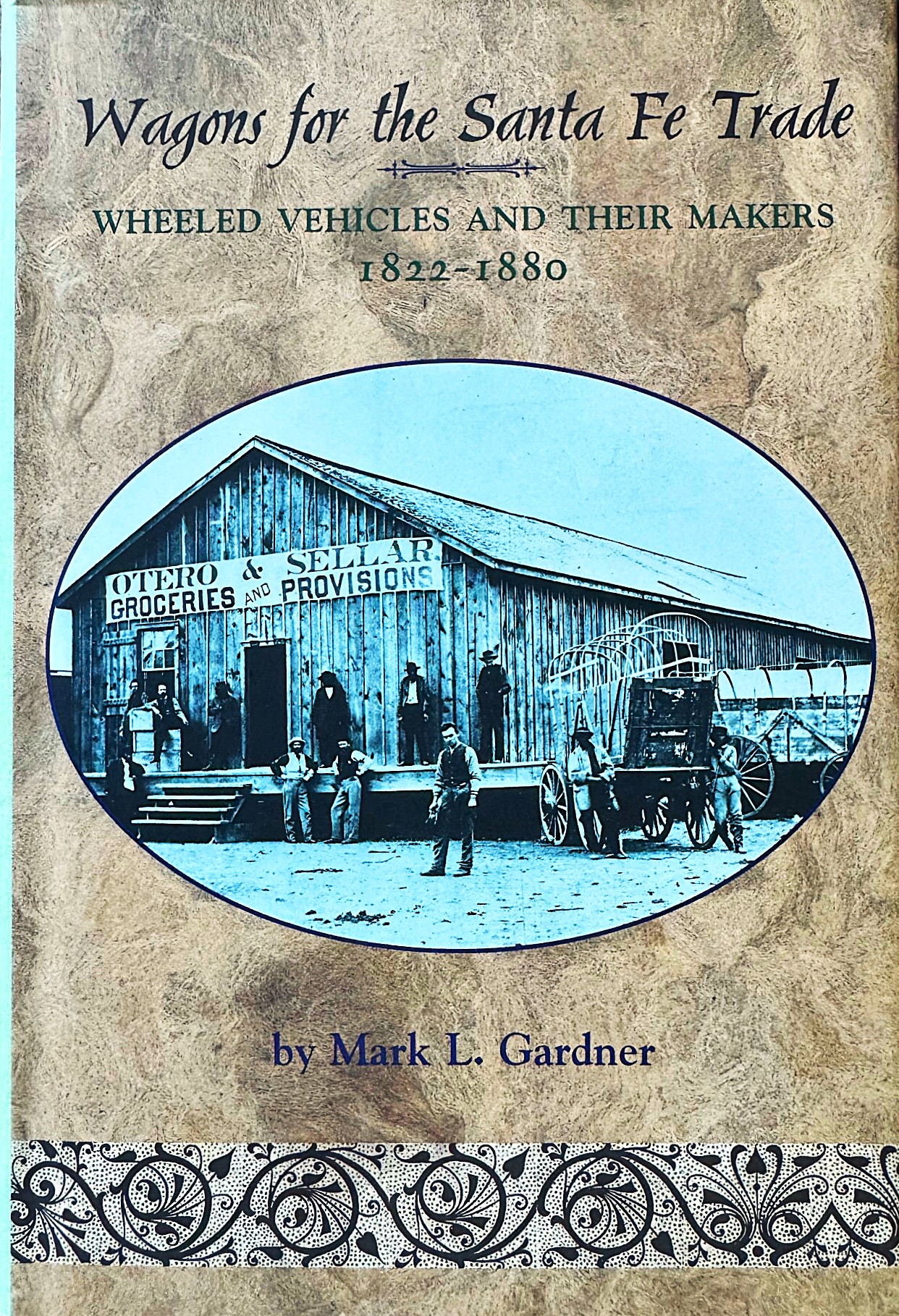
This book by Mark Gardner is well-researched and gives insightful details on a number of wagon brands commonly seen on the western frontier, including the Jackson wagon from Jackson, Michigan. Our Wheels That Won The West® Archives contain a number of nineteenth century catalogs and promotional materials for this legendary firm.
It's a passion reflected in all head-turning history and a similar situation with a 107-year-old wagon that went unnoticed for decades. Tucked away in an old barn on our property is that piece of Ozark Mountain history. A high-wheeled throwback to another time, the machine is a Springfield wagon, built and purchased in 1918. While the brand beginnings date to almost a half century earlier, this 1918 model was released during the last months of World War One. It's the same timeframe as the devastating Spanish flu pandemic and the expansion of yet another transportation icon. In 1918, General Motors bought Chevrolet. The Chevy deal was coordinated by GM founder William C. "Billy" Durant, who had been a prominent buggy maker and had also founded Chevrolet in 1911.
Nearly three decades ago, I came across the aging Springfield as it sat for sale in a nearby county. The high wheel centenarian had very little paint on the box but it did have the timeworn look and rich patina of real history. Complete with two of its bows as well as the original spring seat, tongue, doubletree, single trees, old harness, and even stay chains, this rig had been parked in a barn and abandoned during the transition from horses and mules to tractors and automobiles. Months, years, and decades passed and the ancient workhorse slipped into the shadows of yesterday. Eventually, it was rediscovered and pulled from the barn as a relic for resale. Far from perfect, some felloes were rotted from neglect and the inevitable sinking of the wheels into the ground. Likewise, the wooden seat was heavily scarred from the constant dripping of a leaky roof. Made in Springfield, Missouri, the seller stenciling on the box was faint but read, "Sold by Lewis Bros. Co., Fayetteville,Ark." Incredibly, the physical, brick-and-mortar part of this establishment still stands in northwest Arkansas. The striking red structure features white stone accents and a corner tower. Today, though, instead of it being a hardware store, it's the twenty-first century home of the Bank of Fayetteville.
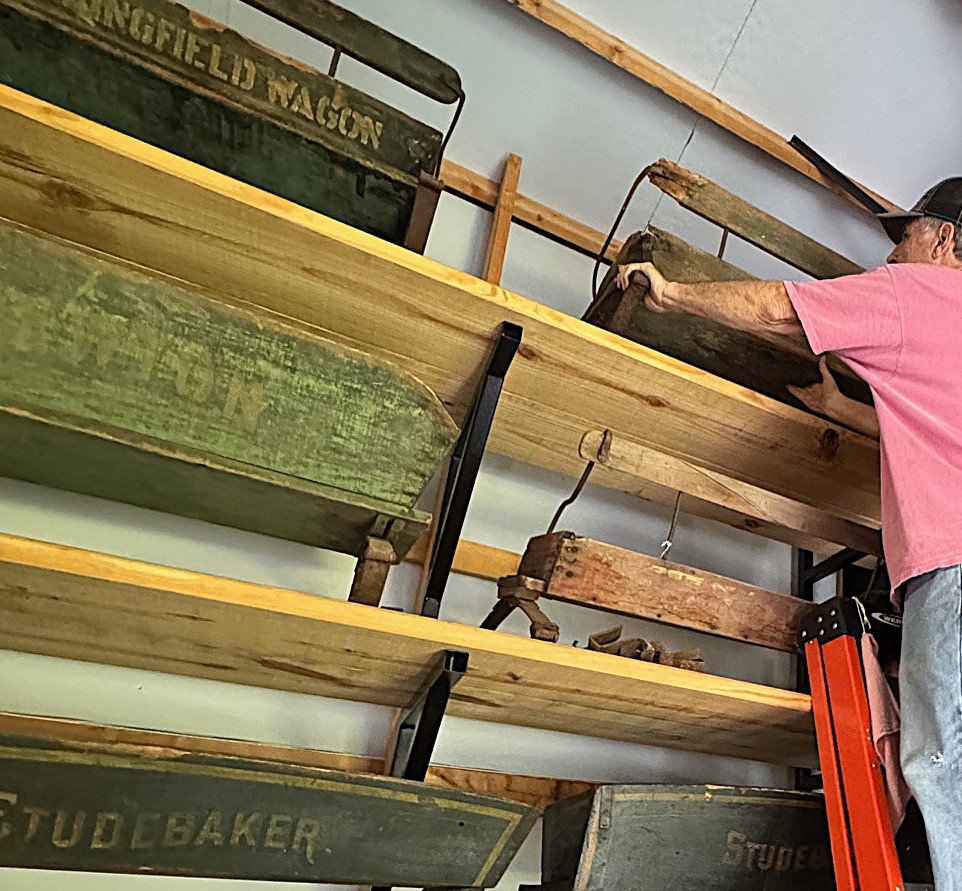
Retrieving the scarred Springfield seat to reunite it with the 1918 Springfield wagon.
While the wagon had been shipped to the Lewis Bros. business in Fayetteville, it spent the majority of its life a little farther east in Boone County. When I first examined the Springfield's running gear, I was impressed with its solid condition. Not only was the gear surprisingly sound but it still clung to the original technical markings and maker stenciling on both axles. Pinstriping adorned the hounds and other areas. It even retained the original six-digit serial number on the inside of the rear axle. Plus, the front portion of the gear featured a steam bent hound. While Springfield manufactured wagons with both square and round (bent) hounds, the vast majority we run across these days are equipped with a square front hound. Also on the front gear was a patented wear plate for the sandboard. Another distinction that set it apart was the track width and box size. It's a wide track running gear (60-inches) with a 38-inch box. Not only were these scarce traits an unexpected bonus but the aura and originality of the piece made it one I had to have.
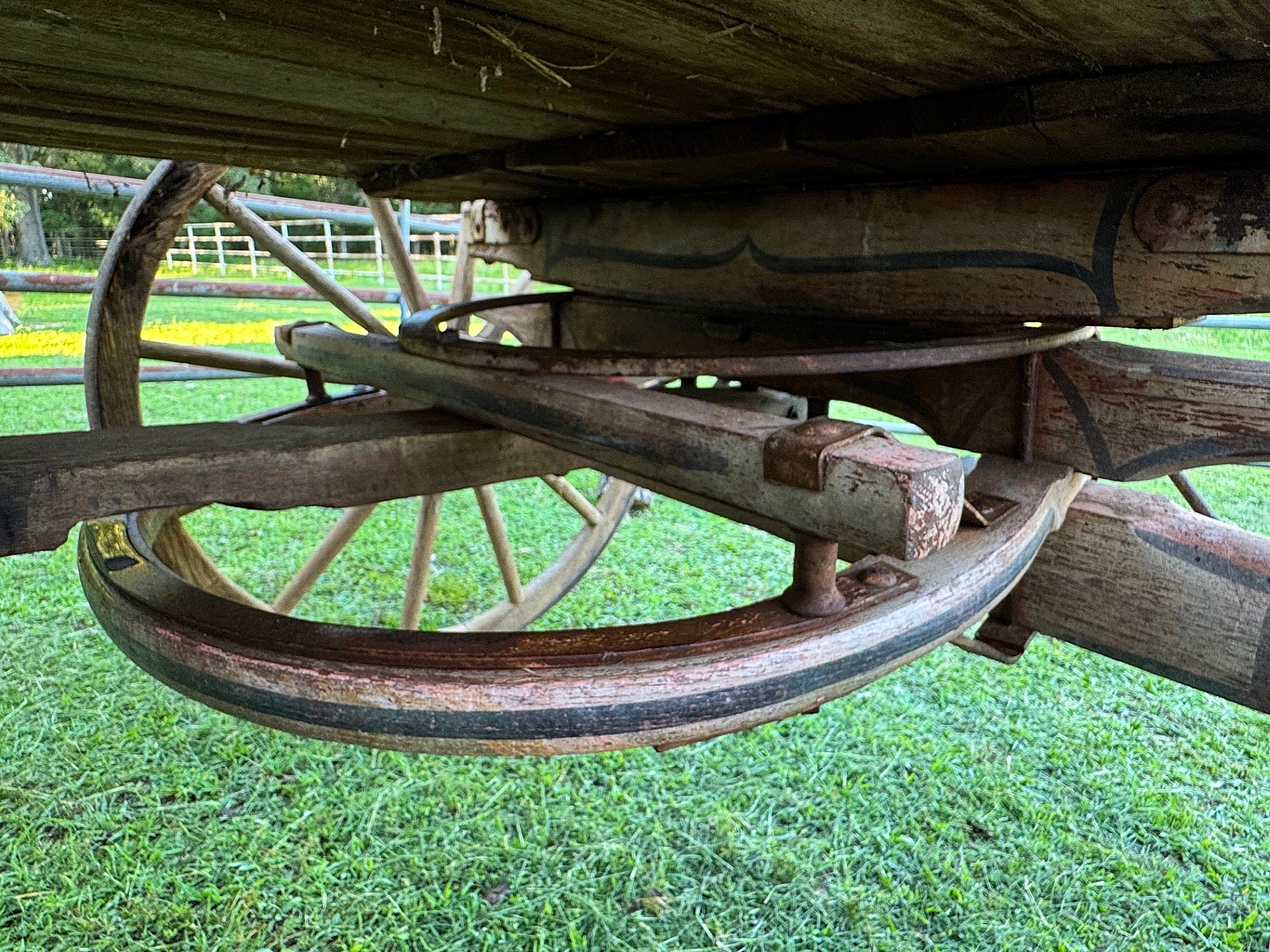
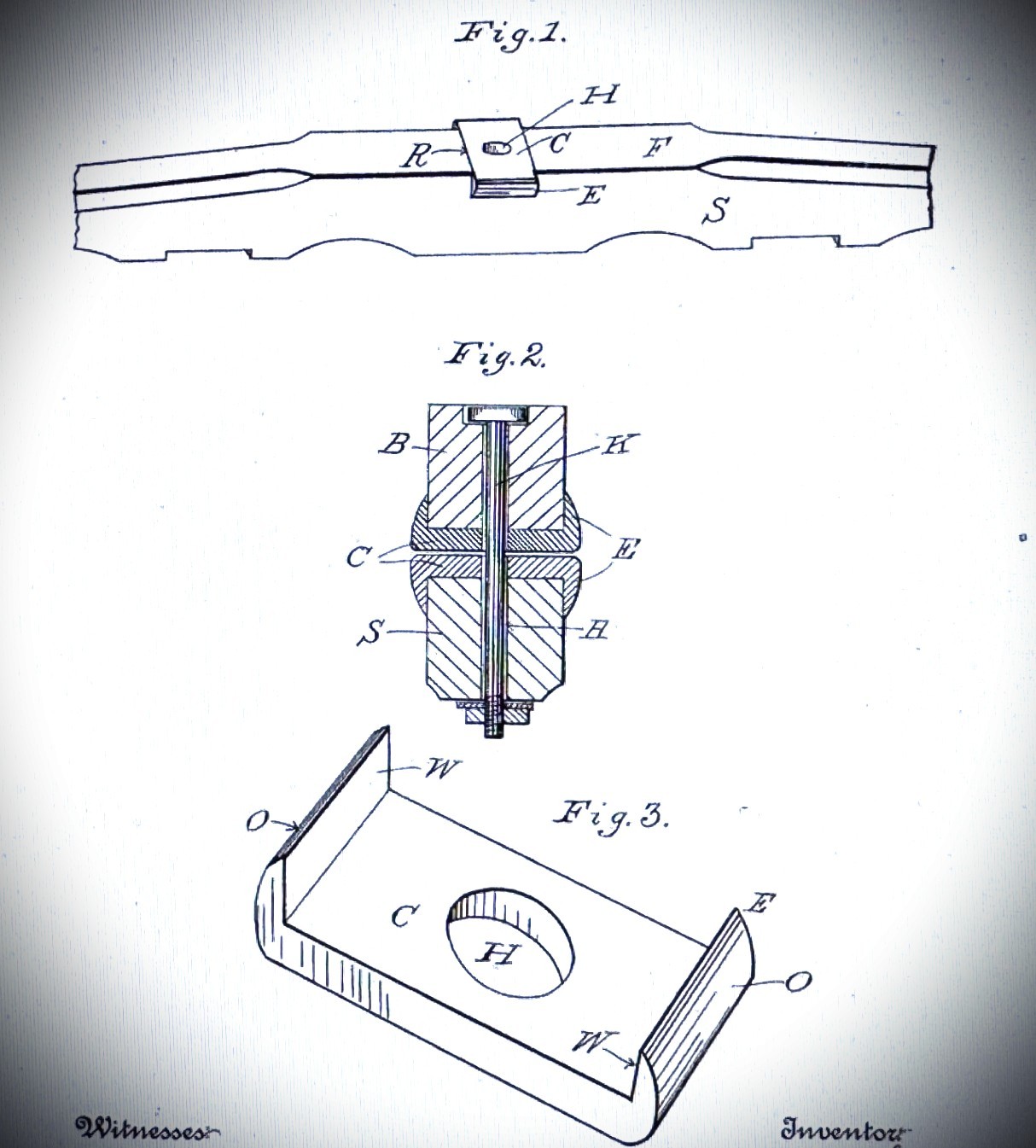
As time has progressed, other projects have taken precedence and the 'Wheels' collection has grown to a point that the old Springfield was eventually moved to another near-forgotten place. Albeit, this time it remained under roof, on blocks, and covered by a tarp. That's where the story seemed to end, until we received a visitor.
From time to time, folks will ask to see our collection. Some are curiosity seekers, school groups, or tire-kickers while others just enjoy being immersed in history. Sometimes, though, a person shows up with the kind of purpose and mission that reminds me of my own journey. That person is looking for something unique and hard to come by. It's just the kind of pieces we specialize in tracking down and preserving.
So it was when, over a year ago, I was contacted by a gentleman looking for "anything related to Springfield wagons." I invited him to review our collection and, once he arrived, we spent the better part of a day going over everything. Depending on the level of interest, a tour can take hours since all we have - large and small - has a story. That documented story is something we work hard to document. After all, those verified background details are what can truly set the better pieces apart.
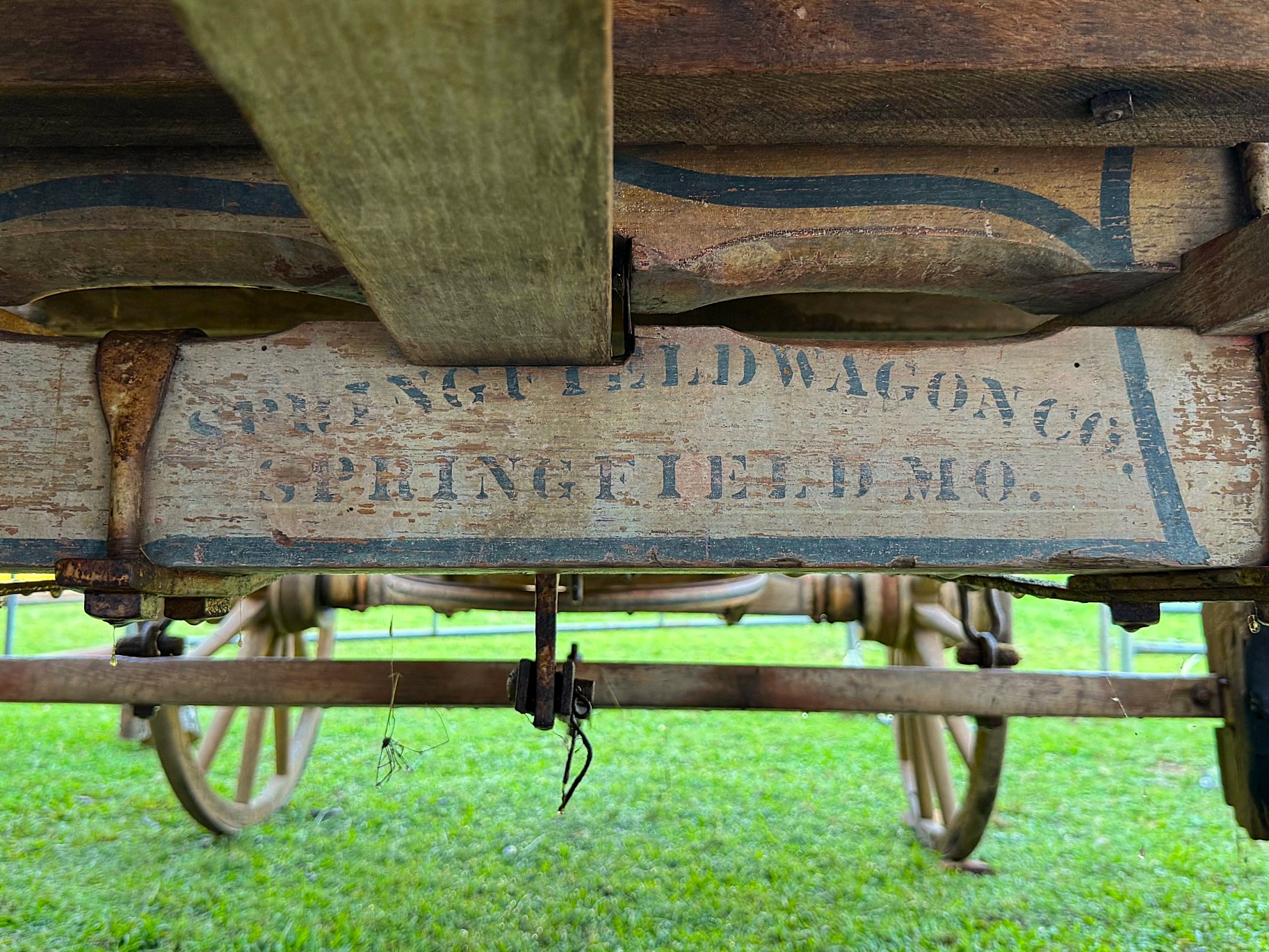
He was intrigued with a 1920s-era Springfield wagon that had lived all its life in north central Arkansas. I was the first owner after the original family. Still, he wanted to see more. I said, "Well, there are some additional Springfield pieces tucked away in an older barn on the property." We didn't have time to dig them out so he planned another visit that would fit with his work schedule. The next visit was short but he found a John Deere box he needed for a gear he was working on and then set his eye on another original piece with its ownership provenance still intact. That brings us to this past weekend when Robert Ferry dropped back by. He wanted to look closer at the 107-year-old barn find we had come across so many years ago. Along with this 1918 wagon, we had a few others we had rescued for parts and patterns. It all made for a great afternoon of sharing and learning.
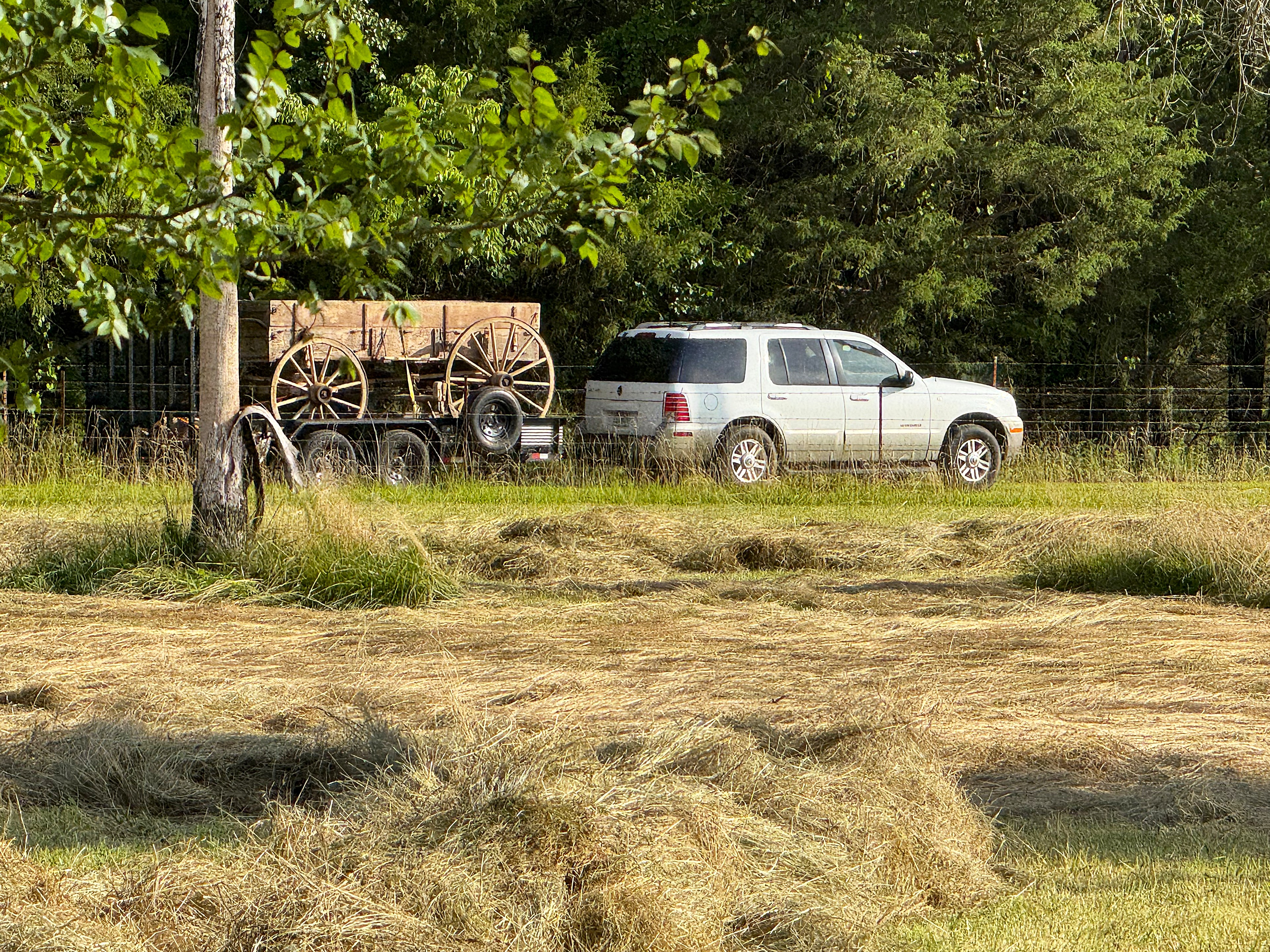
Ultimately, the wagon and an entourage of accessories and spare parts were loaded onto Robert's trailer as he prepared for the trip just over the Arkansas-Missouri line. As we watched the old wagon head up the driveway, it was interesting to think of it going back to southern Missouri for the first time in over a century. Rather than allowing this part of history to disappear, it feels good to have preserved it for another generation to enjoy and respect. Robert's collection continues to grow and he is well on his way to establishing his own reputation for protecting the past. Our congrats to him for his passion and pursuit.
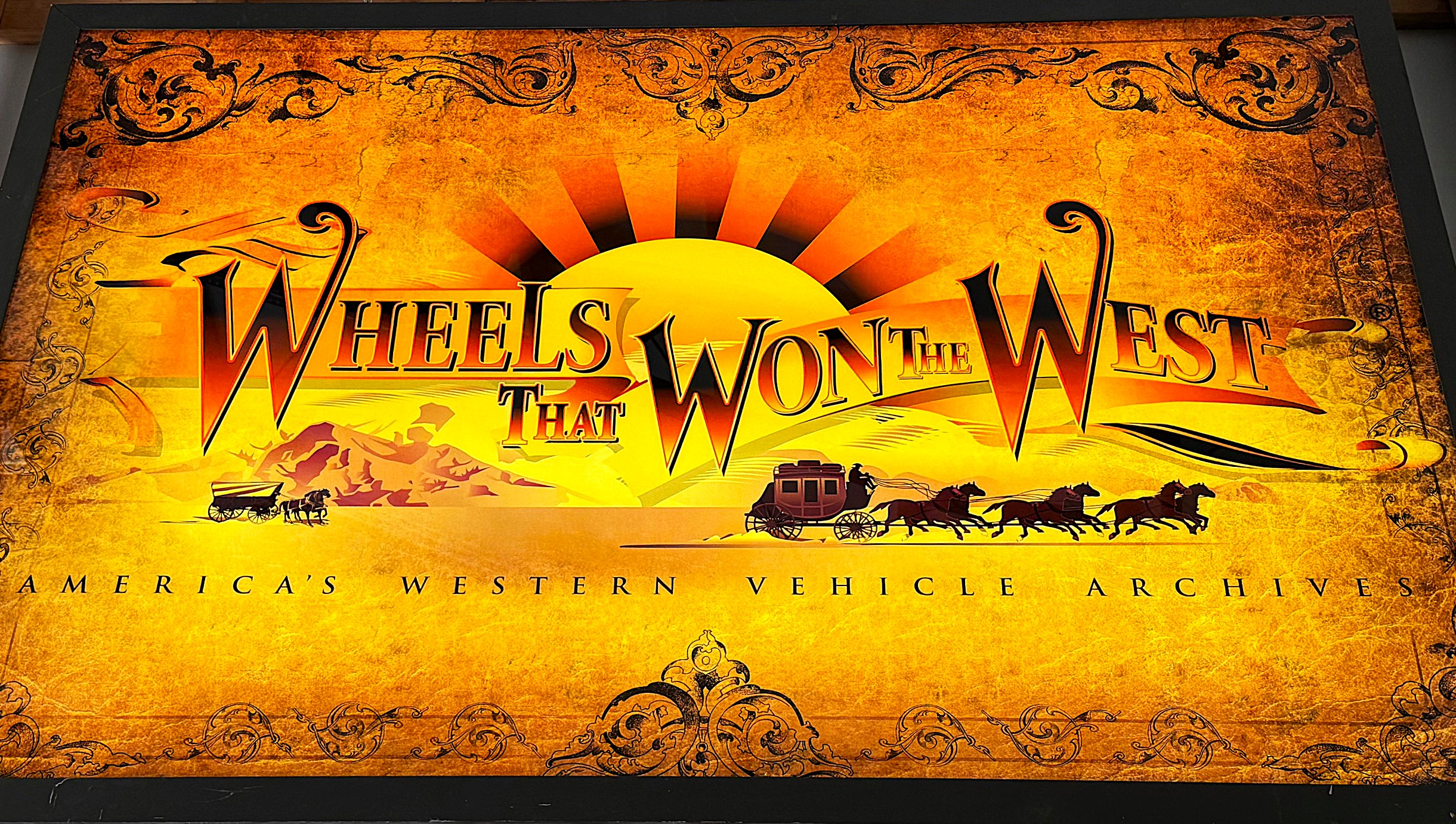
For those who may not be familiar with our collection, it's focused on the most unique, original finish vehicles we've been able to uncover over the years. The wagons, spring seats, and parts point to a multitude of brands including Abbot-Downing (J. Stephens Abbot), American, Bain, Birdsell, Brown, Carver, Charter Oak, Cooper, Fish Bros., Flint, Florence, Gestring, International Harvester, Jackson, a documented first-year John Deere (1910 Moline-Deere crossover), Kentucky, Luedinghaus, Missouri, Mogul, Moline, Moline-Mandt, Newton, Olds, Owensboro, Peter Schuttler, Springfield, Stoughton, Studebaker, Weber, Weber-Damme, Winona (Gate City), and more. And yes, some of these special pieces are for sale. My wife is always telling me I need to 'thin the herd.' So, if you're looking for a particular brand or just need to speak with us regarding consulting, a written provenance, or purchase assistance, we'd love to hear from you. Or, better yet, come see us. You're virtually guaranteed to see more than you might imagine and, for those spending time in Branson, Missouri, we're just a short drive south of that vacation hotspot. From legendary brands with amazing originality to the history-rich legacy of forgotten icons, you won't find a collection with greater rarity, intrigue, or stories to tell. WTWTW
Ps. 20:7
